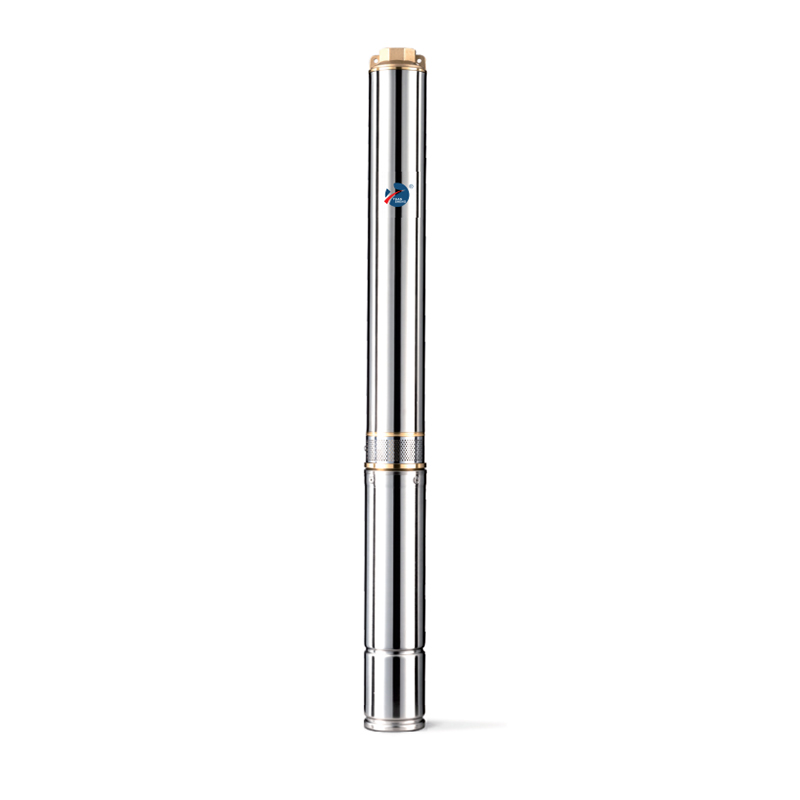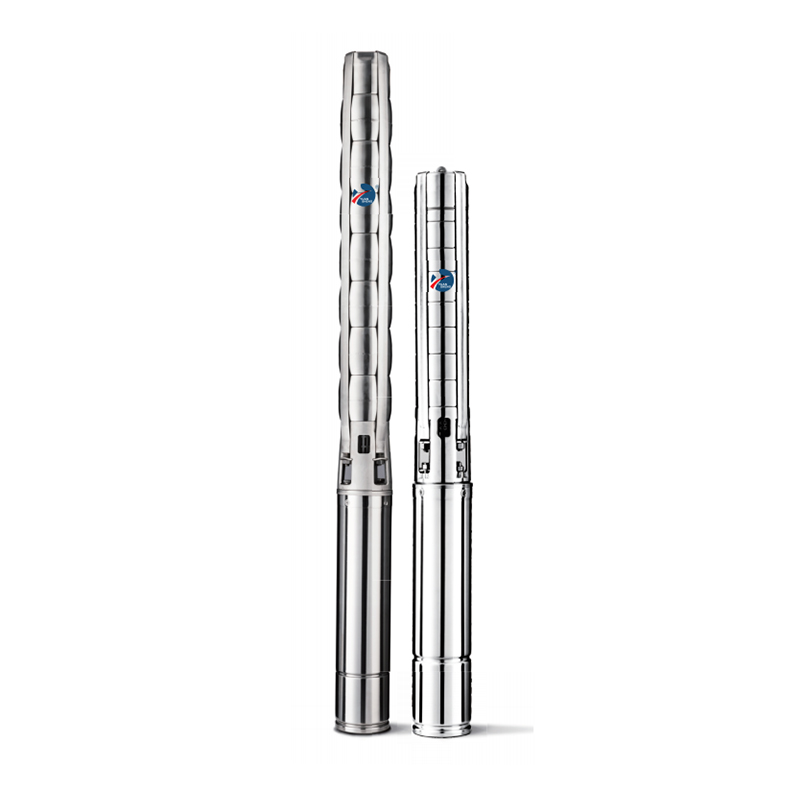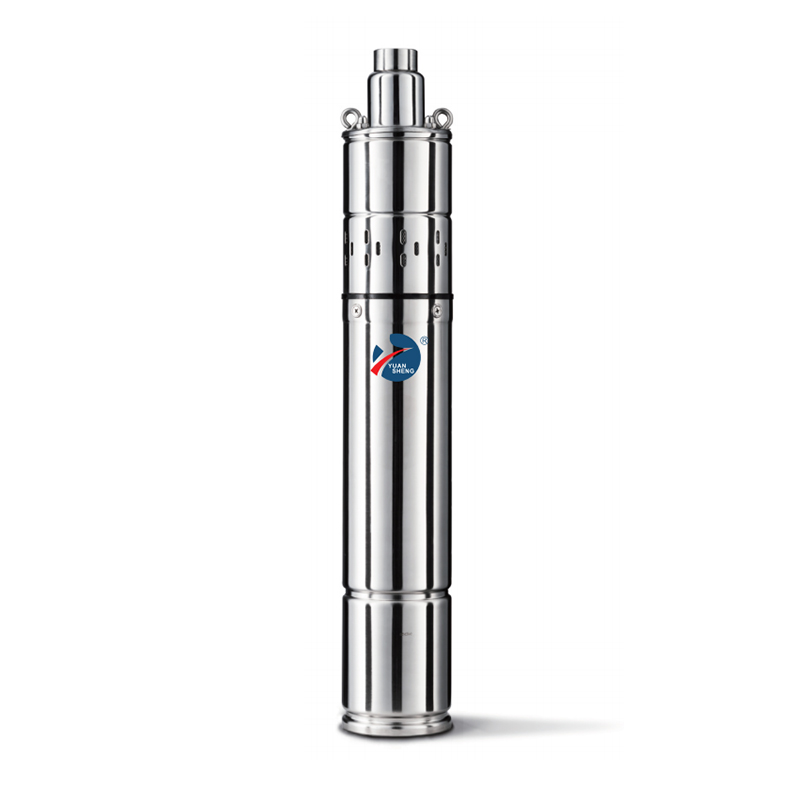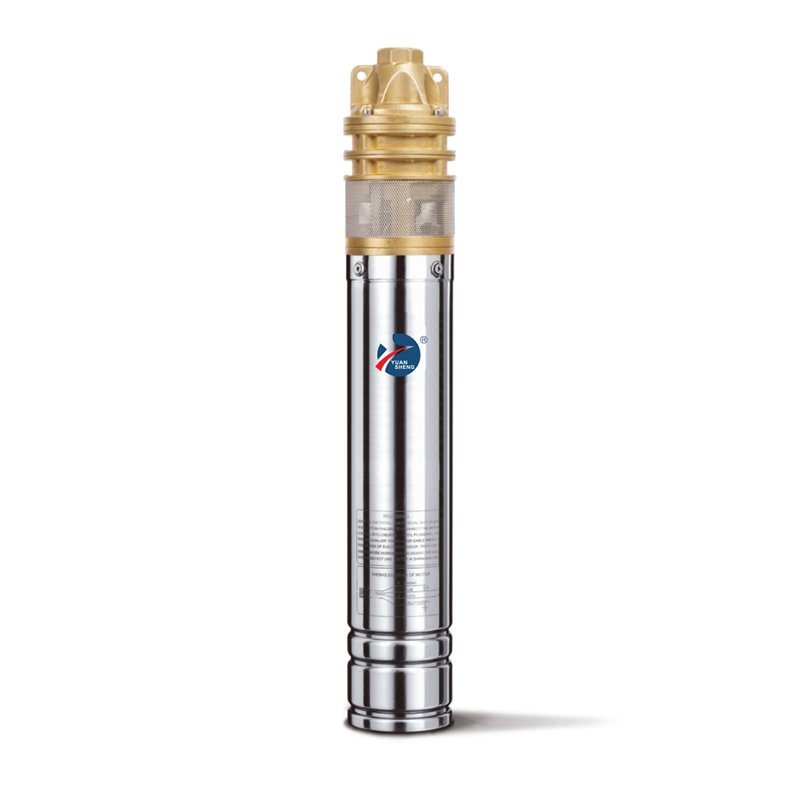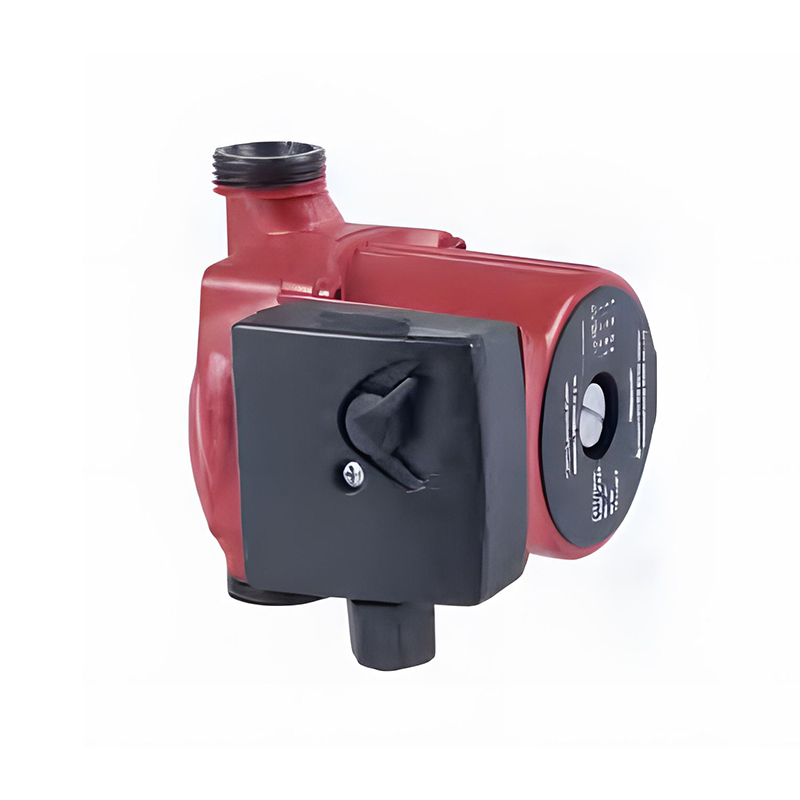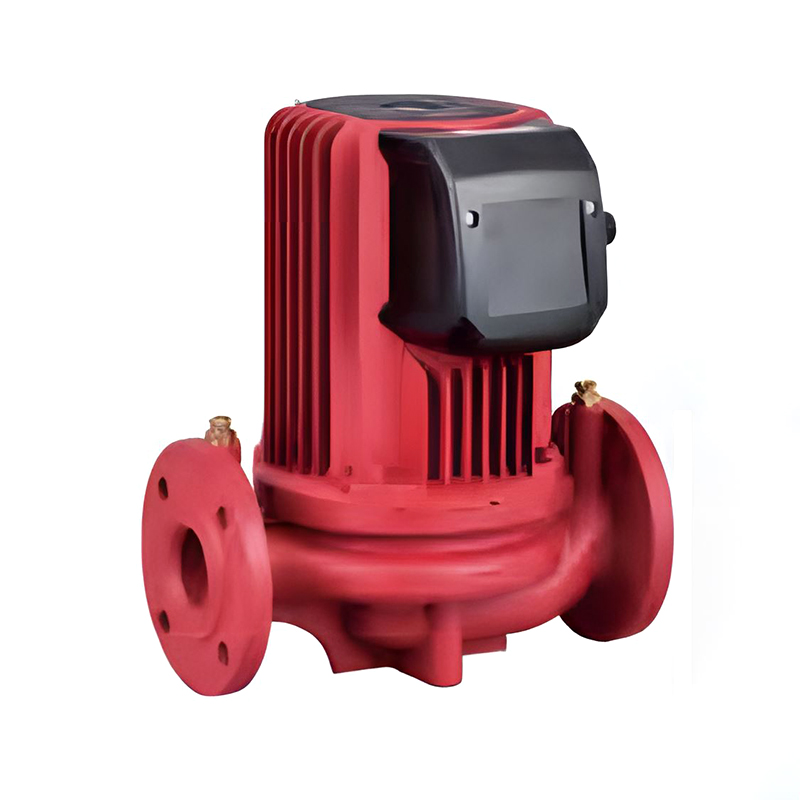Vortex air blowers are essential tools in modern industrial applications, particularly in systems designed for wastewater treatment and air purification. These blowers are designed to deliver consistent, high-pressure airflow, providing a reliable solution for industries that require efficient air movement for both suction and blowing purposes.
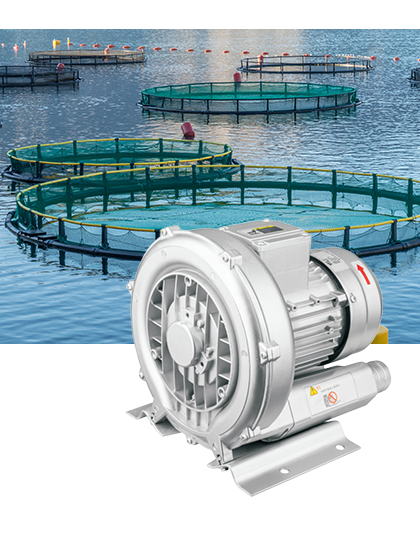
I. Key Features of Vortex Air Blowers: Advantages for Modern Industrial Systems
- Introduction to Vortex Air Blowers
A vortex air blower is an industrial device designed to move air or gases by creating a vortex—a rotating flow of air. Unlike traditional blowers, which use blades or fans to push air, vortex air blowers generate air movement through a combination of centrifugal force and vortex flow. This results in highly efficient, continuous airflow that is ideal for industrial applications where both high pressure and low noise operation are required.
- Key Features
Low Noise Operation and Energy Efficiency
One of the primary advantages of vortex air blowers is their ability to operate with minimal noise. This feature is crucial in industrial settings where noise reduction is a priority.
High-Pressure Output and Oil-Free Design
Vortex air blowers can generate significant air pressure, making them suitable for applications that require strong airflow. Their oil-free design means there is no need for lubrication, minimizing the risk of contamination and reducing the maintenance required.
- Durability and Minimal Maintenance
Vortex air blowers have fewer moving parts compared to traditional blowers. This simplicity in design results in enhanced durability and reliability. The reduced number of components also lowers the need for frequent maintenance, which helps to keep long-term operational costs down.
II. How to Choose the Right Vortex Air Blower for Your Industrial Needs
- Understanding the Requirements of Your System
Before selecting a vortex air blower, it is essential to understand the specific requirements of your system. Different applications, such as wastewater treatment or air filtration, may have varying demands in terms of airflow and pressure. For example, a system designed for wastewater treatment may require higher air pressure to agitate sludge, while an air purification system may need a blower that provides continuous, low-flow air.
- Evaluating Performance Characteristics
When choosing a vortex air blower, you should evaluate several key performance characteristics:
Airflow Capacity and Pressure Output: Ensure that the blower meets the required airflow and pressure specifications for your system.
Energy Efficiency: Look for blowers that are designed to minimize energy consumption without sacrificing performance.
Noise Levels and Maintenance: Consider the noise levels and maintenance requirements of the blower to ensure that it meets your operational needs.
III. Choosing the Best Vortex Air Blower for Your Industrial Applications
When evaluating different models of vortex air blowers, it is important to compare specifications such as pressure range, motor power, and energy efficiency. Some models may offer higher pressure output, which is suitable for demanding applications like wastewater treatment, while others may focus more on energy efficiency for continuous, low-pressure applications.
IV. Recommended Product: High Pressure Vortex Air Blower
For those looking for a reliable vortex air blower, the High Pressure Vortex Air Blower is a great choice. This blower offers high-pressure output, energy efficiency, and low noise operation, making it suitable for demanding industrial applications such as wastewater treatment and air purification. For more information about this product,please contact yuanshengmech company.


 English
English 中文简体
中文简体 عربى
عربى